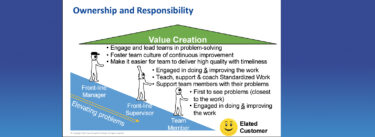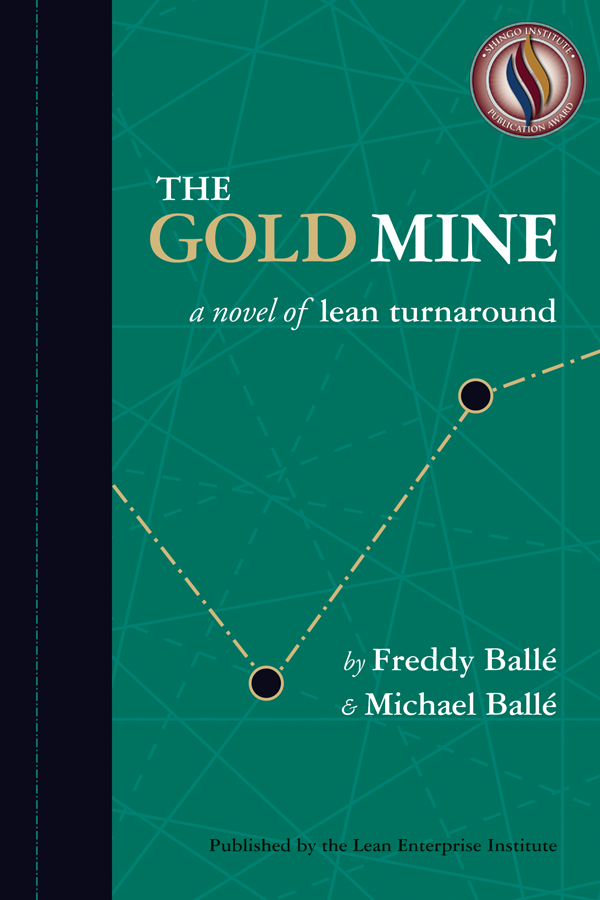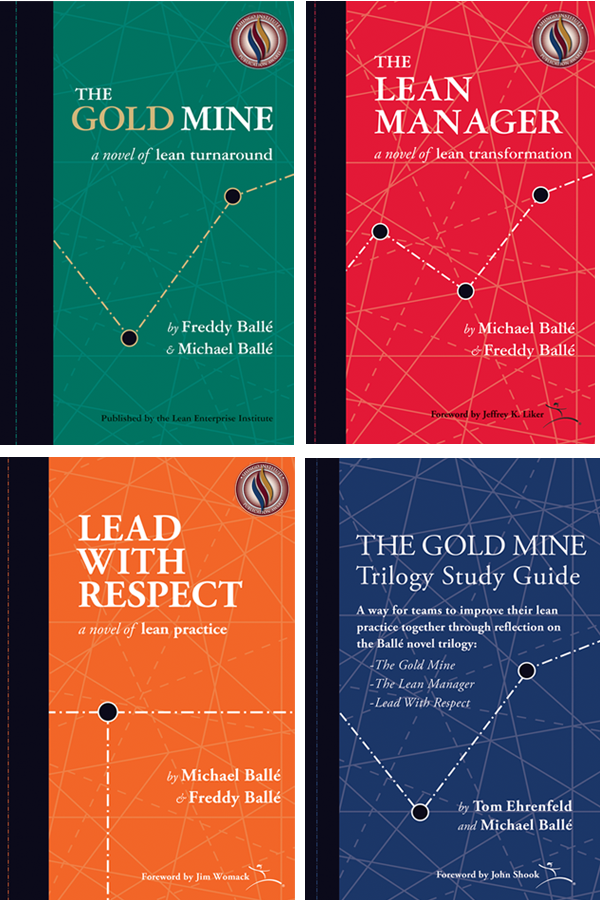Dear Gemba Coach,
I’d like to set up an obeya room – where should I start? What’s the simplest way to do it?
Interesting question – I’m not sure there is a single answer to that, but I can share how I go about it with the CEOs I know. Probably your first issue will be to … find a room! In actual fact, any wall will do, even in the corridor.
What is the problem we’re trying to solve? Think of a sports team. The players all want to go out on the field and just play. Deep down they’re convinced that if the coach would just let them jump in and give their best, they’d win. But how likely is that to happen? The coach knows that she has first to train each individual player and to discuss strategies with the team so that they do more than run after the ball but bring thoughtfulness and cooperation into their actions in order to win. The players accept that, but, and that’s human nature, often resent the time away from kicking the ball.
Management teams are, quite rightly, organized by specialties. This leads to silos. We can’t do away with silos because most trades are now so specialized that the silo acts as a university. Companies who have tried “flat” and “process-focused” organizations have learned to rue the decision, because without specialization, knowledge simply vanishes like snow in the sun. The dream of a flat, process organization is still around, but successful examples are few (and mostly in the messy start-up phase where there isn’t so much specialist knowledge around). On the other hand, functional specialization, if not handled correctly, leads to massive inefficiency and a tendency from the directors to fight turf wars and internal issues more than worry about customer problems: focus turns inwards, unavoidably.
What to Focus On
To my mind, the purpose of the obeya is to keep the management team’s eyes on the ball and to develop teamwork. To do so, I tend to focus on three topics:
- Customer complaints: value is ever mysterious and we constantly need to refocus the management team on its purpose: serving customers. By looking at every customer complaint we keep the collective attention focused on customers. We don’t expect to fix everything, but to worry about what made the customer complain — what was the customer doing that created the problem? Are customers behaving differently? Facts are facts, and every customer complaint is a fact that our product or service was inadequate for one person and we need to figure out why? The obeya is there to create space to think about our customers and the value we offer.
- Key performance indicators and improvement objectives: any team needs a clear way to score points collectively in order to fight the match together — any sport has devised a scoring scheme. In lean, our key indicators are safety incidents, quality complaints, missed deliveries, inventories, productivity, implemented suggestions and then some specific ones such as new products launched on time or number of engineering changes requested after tooling and so on. In my experience, up to seven is OK, beyond that people lose interest in one of them. Two specific lean features to look for:
- A dynamic objective: the difference between lean and operational excellence is that in lean we don’t want to achieve a certain level, we want to improve what’s there: so 2% improvement per month is very different from a target for the year – draw a dynamic line through the indicator.
- Completed A3s: once a week, one member of the management team makes a poster presentation on one completed A3 corresponding to one of the performance improvement topics. If there are 10 members on the management team it means that each has 10 weeks to complete an A3 – the idea is not to come up with open problems to discuss together — this is the regular job — but to discuss the “Act” implications of solved problems as a team as well as build up confidence in both our ability to solve problems and to work together.
- Coming changes that will affect us all: a new product or new process that is in the works and that all team directors need to integrate in their current work. By posting the planned changes in the obeya rooms we can start thinking about obstacles and specific issues in order to prepare teams for the change. This will show up as a project description with the name of the project leader, the project plan, and a space to discuss issues.
Obeyas all differ from one another, but I can check these three topics at a glance before entering the room and, at the very least, with these three topics I’m confident that I’ve defined a thinking space for the management team to work together on (1) customer satisfaction, (2) performance improvement kaizen, and (3) preparing for the next step change.






